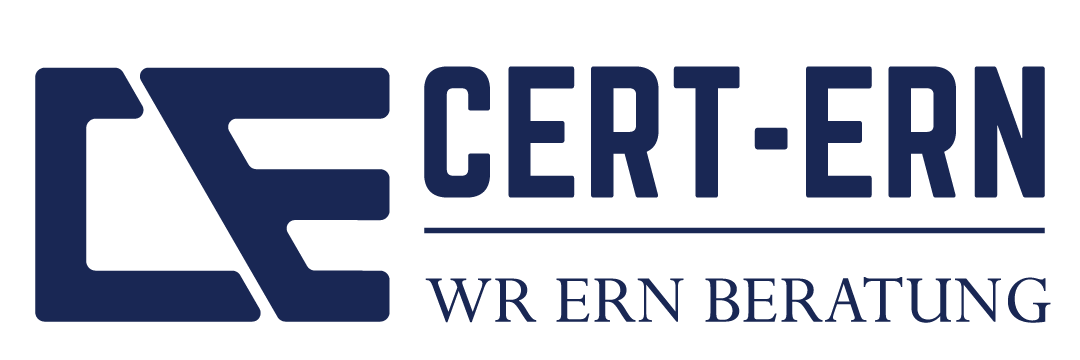IMPLEMENTING AN ISO STANDARD - CONSULTATION
Implementing ISO standard requirements within an organization is a crucial step for businesses, and using a consultant has important implications for the success and efficiency of the process.
At WR ERN BERATUNG “CERT-ERN” we understand that the ISO certification process can seem complex and overwhelming for many businesses. That’s why we have developed a step-by-step guide to help our clients understand the process and how to move forward.
We are committed to helping our clients navigate the ISO certification process. Our experienced auditors and consultants can guide you through every step of the process and ensure you achieve certification efficiently and effectively .
What is the role of an ISO consultant?
Consultation implies two-way communication, so that workers (or their representatives where appropriate) can provide feedback that should be taken into account by the organization before making a decision.
An ISO consultant:
- Manages ISO policies and procedures.
- Creates ISO policies and procedures where required.
- Monitors compliance with company business practices.
- Maintains and controls compliance with ISO Standards.
- • A vital component of ISO standards
- • Compliance Verification
- • Identification of nonconformities
- • Continuous improvement
- • Increased customer confidence.
ISO standards are internationally recognized guidelines that provide a framework for best practice in various areas, including quality management, environmental management, and occupational health and safety. Inspections are a vital component of ISO standards as they play a crucial role in ensuring that businesses are adhering to these guidelines.
Inspections are a systematic examination of a business's processes, products, or services to determine compliance with ISO standards. Inspections are usually conducted by independent third-party auditors who assess a business's practices and procedures against the relevant ISO standard.
Here are some reasons why inspections are important in ISO standards:
Inspections are used to verify that a business is compliant with ISO standards. This verification is essential to maintain the integrity of the ISO certification and to ensure that the business is adhering to best practices.
Inspections help identify nonconformities, which are areas where a business is not meeting the requirements of the ISO standard. By identifying nonconformities, businesses can take corrective action to improve their processes and procedures.
Inspections are an essential component of the continuous improvement process. By identifying areas for improvement, businesses can make changes to their processes and procedures to improve their compliance with ISO standards.
Inspections provide customers with confidence that the business is adhering to best practices and that their products or services meet the highest quality standards.



